A pressure cooker
Neethu Santhos, who works in Sweden, said that one thing that she was told to bring with her before her family moved from India was a pressure cooker.
Lea Tilders, meanwhile, had to bring back a proper Indian pressure cooker from Singapore for her husband when she travelled east for a business trip.
“He was very unhappy with cooking rice, dhal or biryani in an open pot. And I agree – the real thing is so much better!” she says.
Unlike Indian cuisine which features many slow-cooked stews and curries, standard Swedish food like köttbullar med mos (meatballs with mashed potato), kyckling i curry (chicken with curry sauce) or spaghetti köttfärssås (spaghetti bolognese) more often consists of frying or roasting some sort of meat with a sauce, which is then served with a boiled carbohydrate, such as potatoes, rice or pasta.
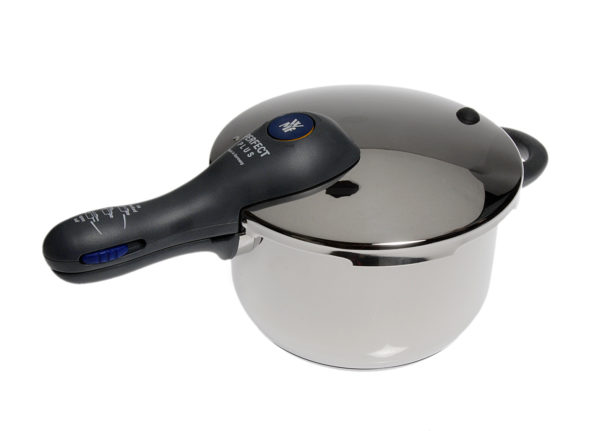
Indian food on the other hand – like dahl, for example – also often contains pulses like dried lentils or beans which require a long cooking time. This is where a pressure cooker comes in handy, as it can slash the cooking time by as much as 50 percent.
“This is an integral part of our day-to-day cooking,” Santhos told The Local.
Although pressure cookers aren’t as widely-used in Sweden as they are in India, there are some alternatives to old school Indian-style pressure cookers available on the Swedish market, such as this one from IKEA.
Santhos is happy she brought her own pressure cooker with her when she moved, saying that she uses it “almost every day.”
Spicy crisps
Anisha Mazumder, who moved from India to study in Lund, says she misses Indian spicy crisps.
Popular crisps flavours in Sweden include sour cream and onion, cheese, and dill, which are pretty bland compared to the spicy crisp flavours available in India.
“I miss blue Lays,” Mazumder said. “The blue packet is the Indian Masala. They’re the spiciest, best chips ever.”
Whenever friends travel back to India, she asks them to bring packs – “big packets” of the blue Lays back for her, because although they are sometimes available here, the supply is not steady.
Auto rickshaws
Mazumder also joked that she misses auto rickshaws, the small, brightly coloured vehicles found everywhere on Indian streets. “It’s so easy and so cheap to get to places,” she said. “You never have to take public transport ever.”
Rickshaws are uncommon in Sweden, with cycle rickshaws only occasionally seen in the larger cities offering rides to tourists. Most Swedes looking for a cheap way to get to their destination without using public transport would use their bike or rent an e-scooter, with a taxi ride the most expensive alternative.
A proper rolling pin
Rolling pins and wooden boards for rolling dough out on ranked high on Amar Yechkal’s list of what he misses. In the few months since he moved to Sweden for work, he has not yet managed to find “a good rolling pin” in any Swedish stores.
Indian rolling pins, known as belan or velan, can be either longer and thinner than the standard Swedish varieties, or shorter and stubbier, and are used for making breads such as chapati, roti and porotta or paratha.
They are used along with a wooden or marble board (also known as a patla), where the bread dough is placed directly on to the board and rolled out into a circle, rather than rolling it out on to a counter.
For Vighnesh Nadukkandy Pradeep, a student, it’s not just ingredients or utensils that he misses. He misses his favourite meal, of porotta, a flaky flatbread particularly popular in Kerala in the southern part of India, and beef. “That is a staple,” he said. “I miss that because I cannot get porotta. I know how to make it but I don’t have the things to make it.”
Some of the spices he needs are not available here, he said.
Indian textiles and houseware
Scandinavian design may be famous for its stylish minimalism, but for Jaina Shah-Lindholm, from Mumbai, it’s a little monotonous.
She wishes she’d brought more cotton clothes from India, which she says are “better priced and better quality”, and also have “more options of design patterns and colours to break the monotony of black, grey and brown hues.”
It’s a similar situation when it comes to interior decorations and dinnerware options. The goods supplied by a company like goodearth.in are she says, “very different and vibrant from what exists in the Swedish markets”.
“Practically all of us have the same stuff in our Swedish homes,” she claims.
Ghee
Food was also high on Manoj Sai Manda’s list. For him though, ghee was the key ingredient that is hard to find in Sweden. “Butter will work, but usually, I bring ghee from home,” he said. “It enhances the taste of everything. You can use it in spicy dishes, you can use in in sweet dishes.”
Ghee is available in Sweden, sometimes under the name skirat smör or klarat smör. One popular brand in Sweden is Kung Markatta, which is available in some supermarkets and pharmacies.
You can also try making your own by melting 500g of unsalted butter or osaltat smör and simmering it over a low heat for about 40 minutes without burning. Skim off any white foam that appears during the cooking process and pass the melted butter through a coffee filter when you’re finished to remove any browned milk solids.
It should be kept at room temperature in a clean airtight glass jar.
Chilli powder worthy of the name
The chilli powder in Sweden is also no comparison to what Manda, who moved to Sweden for university and now works here, says he is used to back in India.
“The chilli powder here is not as spicy,” he said. Neethu Santhos also said that she missed the variety of masalas, or spices, available in Indian marketplaces.
Most Swedish supermarkets sell a small range of spices in glass jars or paper bags, with Santa Maria a common brand. Markets providing fresh spices available by weight are rare, with the best alternatives being online services such as Kryddhyllan or Kryddlandet, or Indian supermarkets which provide delivery such as Indopak in Malmö.
By Shandana Mufti and Becky Waterton

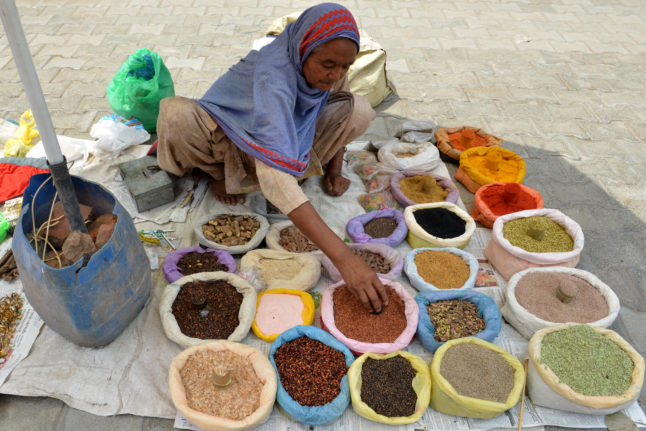
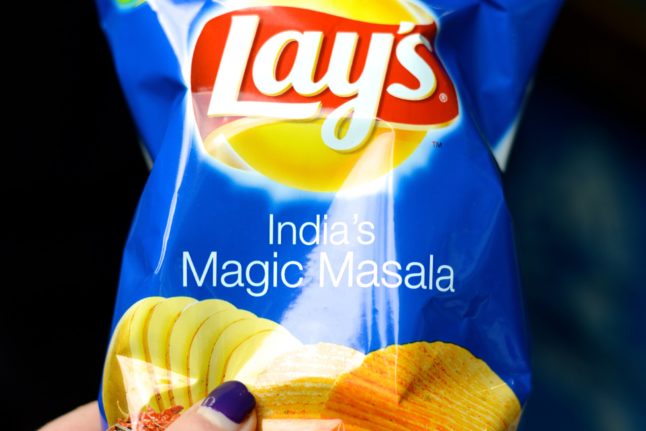
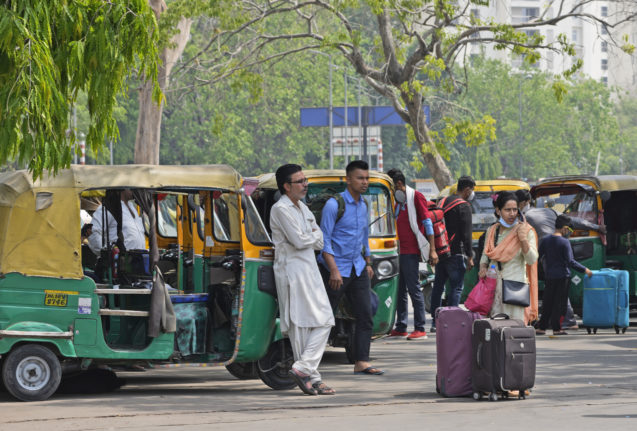

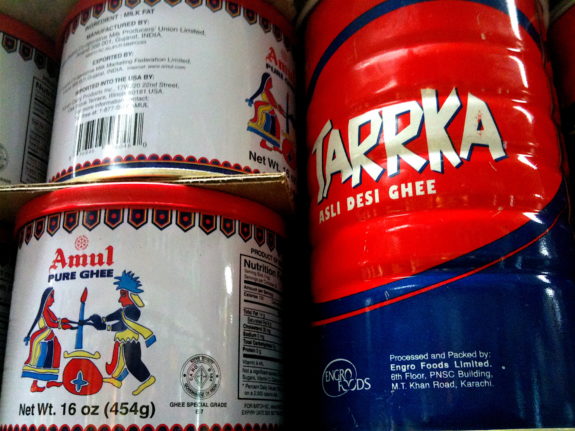
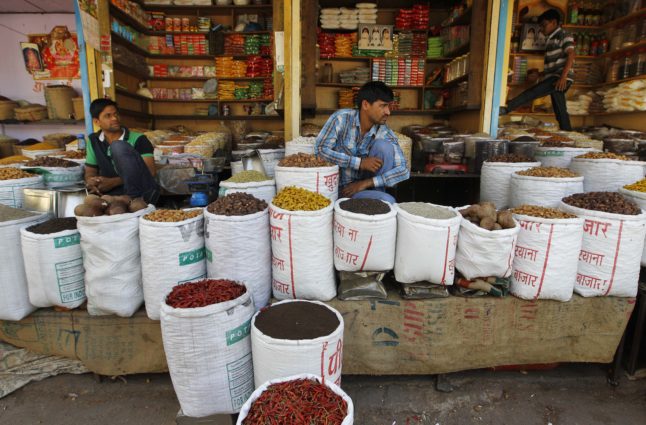

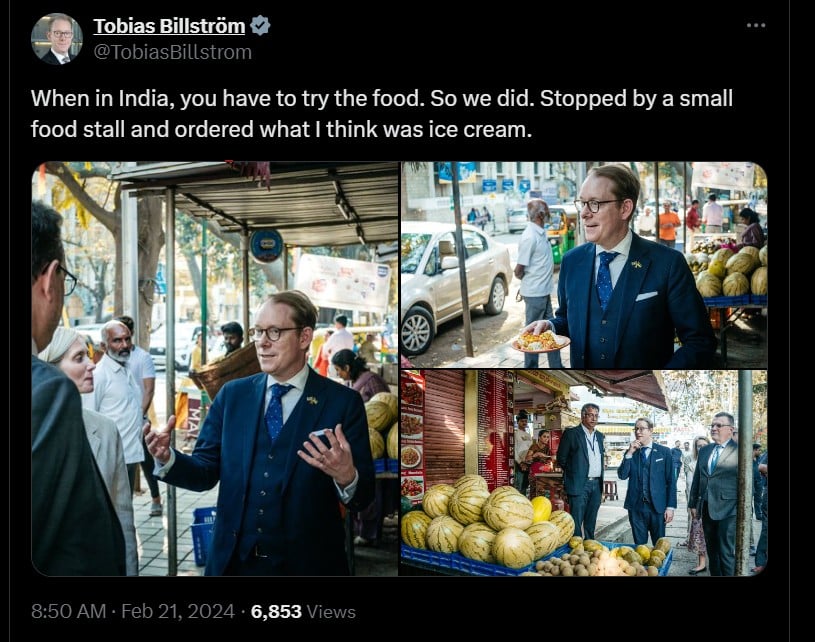

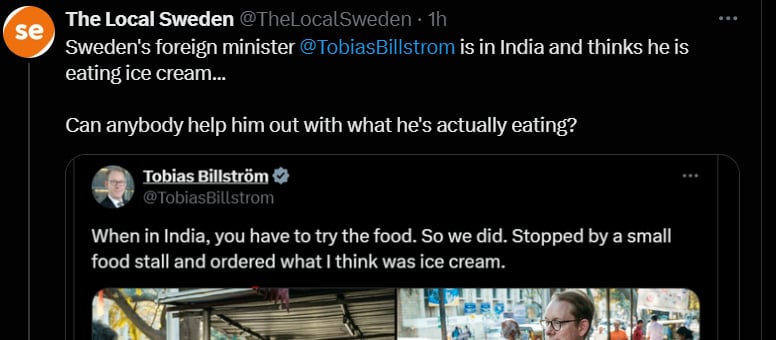
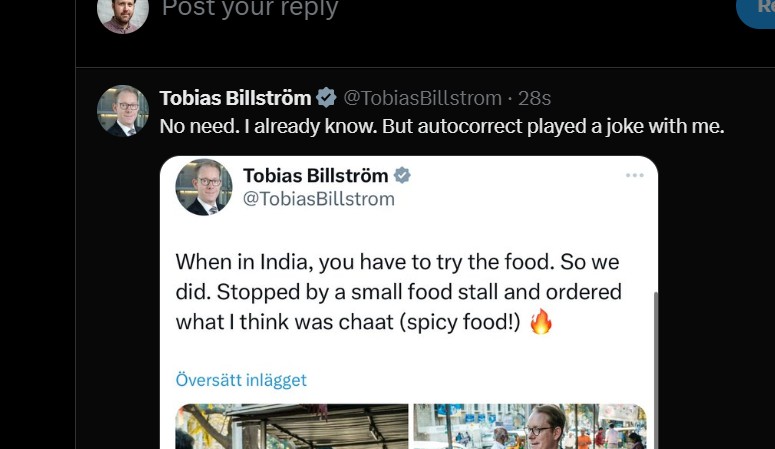
 Please whitelist us to continue reading.
Please whitelist us to continue reading.
Most of the stuff mentioned is available in sweden, seems that there is need to know where to get it and then you always have option to get it shipped from germany, you will have to stop converting the price into indian rupees
Hi,
I have been living in sweden since past 10 years(native north Indian) and I can 100% say the above list if not the must items which we should have bring. Most of the list can be found here easily and I have been managing since many years (alone). I would say there are few things which can be imported or slightly different quality, but everything is available here 🙂
BR
Ankit